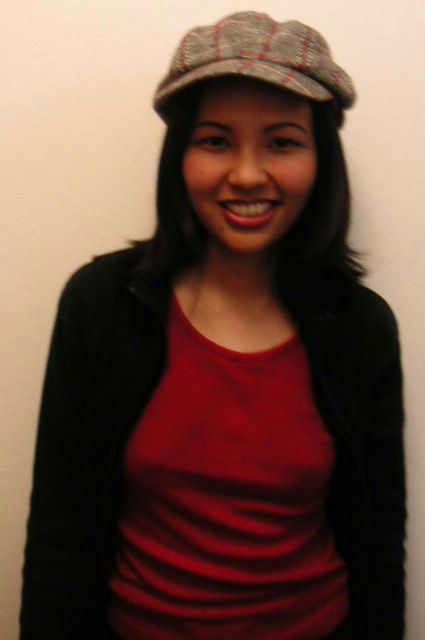Last night, I was privileged enough to attend a lecture on the Dead Sea Scrolls (DSS) by Dr. Donald Parry of the Brigham Young University in Utah, U.S.A. Replicas of the scrolls are on display at the Church of Jesus Christ of Latter-Day Saints in Geneva. Aside from being a member of the Church of Jesus Christ of Latter-Day Saints, Dr. Parry is a university professor of Hebrew at BYU.
Among the audience were a handful of diplomats, religious leaders including former Geneva Rabbi-Chief Raphael Geudj of the University of Geneva, Latter-Day Saints believers, and many more.
The DSS is suggested to be dated from 100 B.C. It contains most of the Books of the Old Testament excluding that of Esther, because it never once mentioned the name of God (Elohim or Jehovah in Hebrew). The text is hand-written in calligraphy on leather made from bovine, sheep or deer skin with some measuring 26 feet in length and six inches in width.
It was discovered in some caves in 1947 by two shepherd boys in the area of Qumran, Palestine along the Dead Sea. One boy accidentally threw a rock into one of the caves that housed the scrolls and broke an ancient jar. It made an eerie sound which prompted one of the boys to tell someone. They had thought it was a jinn, the Arabic term for “devil” or “evil spirits.”
As they opened the jars, it was heavily sealed with wax and only contained the scrolls and not the gold treasures they were hoping to find. The two boys took some of the scrolls and sold it to an antiquities dealer for $20. The scrolls are now housed in the Shrine of Books in Israel. It is heavily guarded because the Old Testament is used in two major faiths: Judaism and Christianity. And the translation of the DSS is highly considered in modern day bibles. The DSS also provides great insight on the ancient Hebrew and the early Aramaic used in the bible.
Over 1000 books and 5000 articles have been written on the DSS but due to time constraints, Dr. Parry gave only a 25-minute presentation on the various questions that his scholarly work has answered. One of his findings is that the DSS were used by Essin Jews. It was hypothesized that may be Jesus Christ himself learned from these Jews but Dr. Parry doesn’t think so. It’s more likely that John the Baptist lived and learned with this group of Jews.
The Essin Jews are rumored to have been celibate Jews because when the area where they lived was dug up, only six females were there as compared to the 200 men buried in the cemetery.
He also elaborated on many of the texts found in the DSS but is not found in current bibles. An interesting insight is on Psalm 145 which is according to him an alphabetically versed song which has the missing Hebrew letter “N” or “noon.” The DSS supplies this missing text.
The age of the scrolls are in question because there are at least five ways to date them, i.e. carbon dating, paleography, geographical leveling, among others.
Dr. Parry after his short presentation took the audience to the exhibit and gave us a 15-minute tour of the major scroll findings, i.e. the Book of Job, Habakkuk and a book that contained the rules of daily living for Jews.
A diorama showed the layout of the Qumran caves where the Essin Jews displayed marvelous engineering skills by keeping rainwater for a whole year. Certain “wells” were created to catch the rainfall and it would last the whole year.
Dr. Parry has written various amount of books on the DSS and have worked with Emmanuel Tov, the editor-in-chief for the Translation of the DSS. Dr. Parry lived in Jerusalem at the time he worked with Tov.
Friday, February 18, 2005
Subscribe to:
Post Comments (Atom)

No comments:
Post a Comment